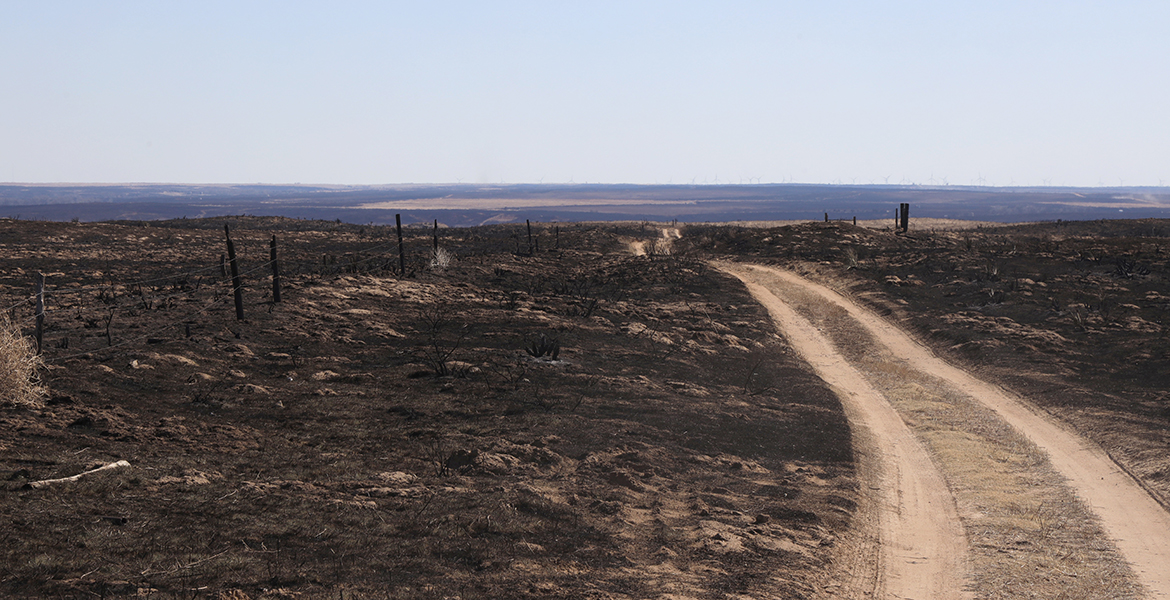
Follow good management practices following wildfires
Thursday, March 12, 2020
Oklahomans continue to be reminded of the devastation that can come with wildfire. While homes, structures and livestock can be lost, landowners who rely on grasslands, shrublands and forests as an enterprise are left trying to figure out how to recover the vegetation and habitat.
“Many people don’t understand the role of fire in the ecosystem,” said John Weir, research associate in Oklahoma State University’s Department of Natural Resource Ecology and Management. “Fire has been, and still is, an essential part of maintaining healthy native grassland, shrubland and forest ecosystems and has positive impacts.”
The proper use of prescribed burning will lessen the destruction of wildfire, but there are some management guidelines to follow after a wildfire.
“Following a wildfire, management practices need to be applied that encourage desired plant growth,” Weir said. “The desired plants will depend on the objectives of the landowner.”
If grazing is planned on burned areas, proper grazing management practices need to be applied that promote the growth and vigor of the desired plant community.
“The impacts of a wildfire on forage production is similar to a prescribed fire and landowners should take advantage of that,” he said. “For example, we can expect a 10 to 15 percent increase in stocker cattle gain or about one body condition score increase for cows on burned areas. This is true for either a wildfire or prescribed fire. That is why many ranchers burn. They also get the added benefit of brush control.”
Several management considerations following a wildfire should be taken to ensure the desired outcomes. Included in those considerations is that some areas may need to be deferred until plant growth is adequate to support grazing. This is highly dependent on precipitation.
Proper stocking rates should always be used, and with adequate precipitation, areas can be grazed with intensive early stocking, as long as producers make sure to remove cattle by July 1 and not graze the area again until after frost.
“The impacts of wildfire to the land are beneficial and landowners should take advantage of it. Some of the wildfires that removed large eastern redcedar could be worth as much as $200 per acre in cost savings of cedar removal,” Weir said. “The key is to not overreact. All of Oklahoma’s ecosystems are fire dependent and therefore adapted to fire.”
More wildfire information from OSU Cooperative Extension is available at https://extension.okstate.edu/wildfires.html.
MEDIA CONTACT: Trisha Gedon | Agricultural Communications Services | 405-744-3625 | trisha.gedon@okstate.edu
